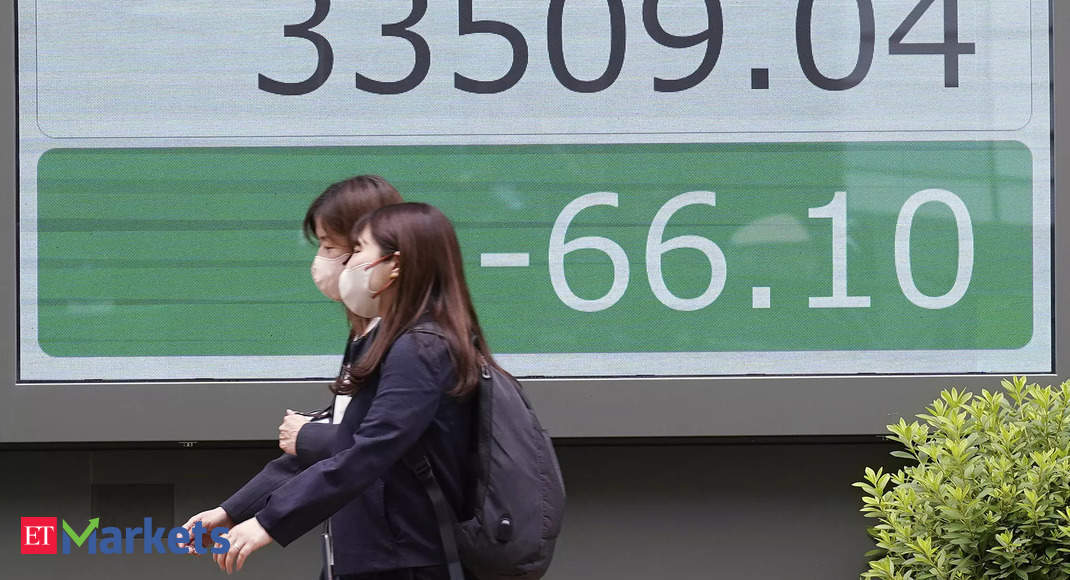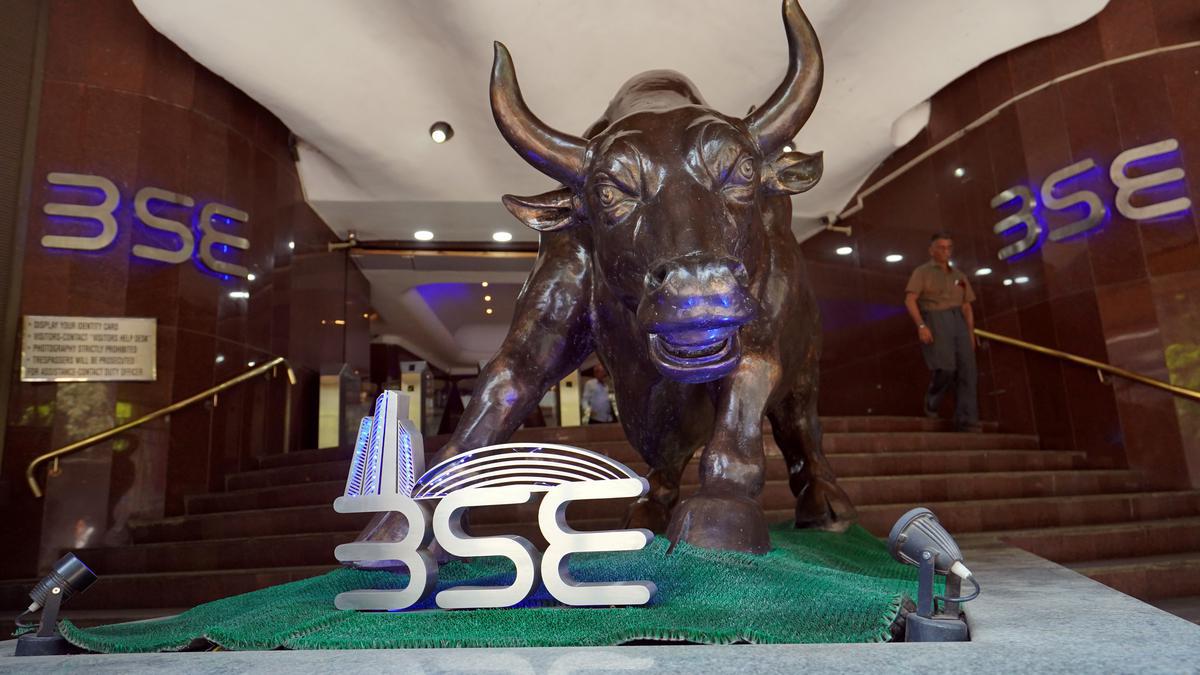Asian shares and bonds rallied on Thursday while the dollar nursed heavy losses, as a surprisingly low reading on U.S. inflation stoked speculation the end of the post-pandemic tightening cycle is in sight. Investors are also looking to China trade data for clues on how the world’s second-largest economy is faring following a slew of disappointing economic releases. Exports rose 3.7% in the first half of the year in yuan-denominated terms while imports held mostly flat, data released on Thursday morning showed, with more to come later in the day. MSCI’s broadest index of Asia-Pacific shares outside Japan rose 1.5%, bolstered by a 2.1% jump in Hong Kong’s Hang Seng index and a 1.4% gain in Australia’s resources-heavy shares. Japan’s Nikkei also advanced 1.2%. Chinese tech giants listed in Hong Kong rallied 3% in early trade after Premier Li Qiang urged the companies to support a slowing economy, adding to signs that a years-long crackdown on the sector is over. Overnight, the much-watched U.S. consumer inflation report provided better news than markets had hoped for. The Consumer Price Index (CPI) rose 3% in June from a year ago, below expectations for a gain of 3.1% and a world of difference from 9.1% in the same month last year. In particular, core inflation, which the Fed has feared to be sticky, also showed a sharper-than-expected slowdown. Wall Street cheered, with the Nasdaq up 1.2% and the S&P 500 gaining 0.7%. “With the usual caveat of one month not making a trend, the narrow path to a soft landing looks a smidgeon wider this morning,” said Michael Feroli, chief U.S. economist at JPMorgan. “There may be a few doves on the FOMC who would be willing to see how far this process can run without additional tightening, but we expect that the Fed leadership is still strongly inclined to hike in two weeks… before the Committee goes on extended pause.” Indeed, futures still imply a 94% probability of a quarter-point hike from the Fed later this month, but have pared back the risk of another hike in September to 13.2%, from 22.3% a day earlier, according to CME FedWatch Tool. They also moved to price in a 125 basis points in rate cuts for 2024. Bonds heaved a sigh of relief after a rout last week sent global yields sharply higher. Ten-year Treasury yield was at 3.8534% in Asia, having dived 12 basis points (bps) overnight and down from a seven-month top of 4.0940% on Friday. Rate-sensitive two-year yields were little changed at 4.7272% in Asia, after plunging 15 bps overnight. That led to a steepening in the yield curve. The U.S. dollar slumped to a fresh 15-month low against its major peers, taking off pressure on emerging market currencies and giving Asian policymakers more scope to ease monetary policy. The euro touched a fresh 15-month top of $1.1144 on Thursday, after surging 1.1% overnight on bets of a more hawkish European Central Bank now that Fed is expected to be almost done hiking. The Japanese yen, which had come under massive selling pressure due to Japan’s ultra easy monetary stance, gained 6 yen on the dollar in as many sessions and was last at 138.26 per dollar. “The Fed’s leadership in the global rate cycle will increasingly play against the dollar, as central banks pivot from rate hiking to rate cutting,” said Alan Ruskin, chief international strategist at Deutsche Bank. In Canada, risks remain tilted towards more tightening. The Bank of Canada on Wednesday raised rates by a quarter-point to 5%, and the governor did not shy away from saying that it was prepared to do more. Elsewhere, oil prices settled near the highest in two months on a soft U.S. dollar. Brent crude futures rose 0.2% to $80.29 per barrel and U.S. West Texas Intermediate crude futures were up 0.2 at $75.88. Gold prices were flat at $1,957.09 per ounce.











